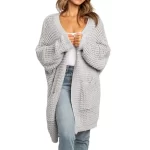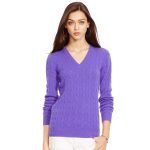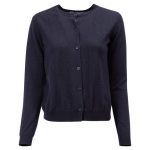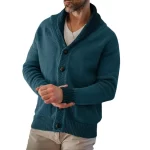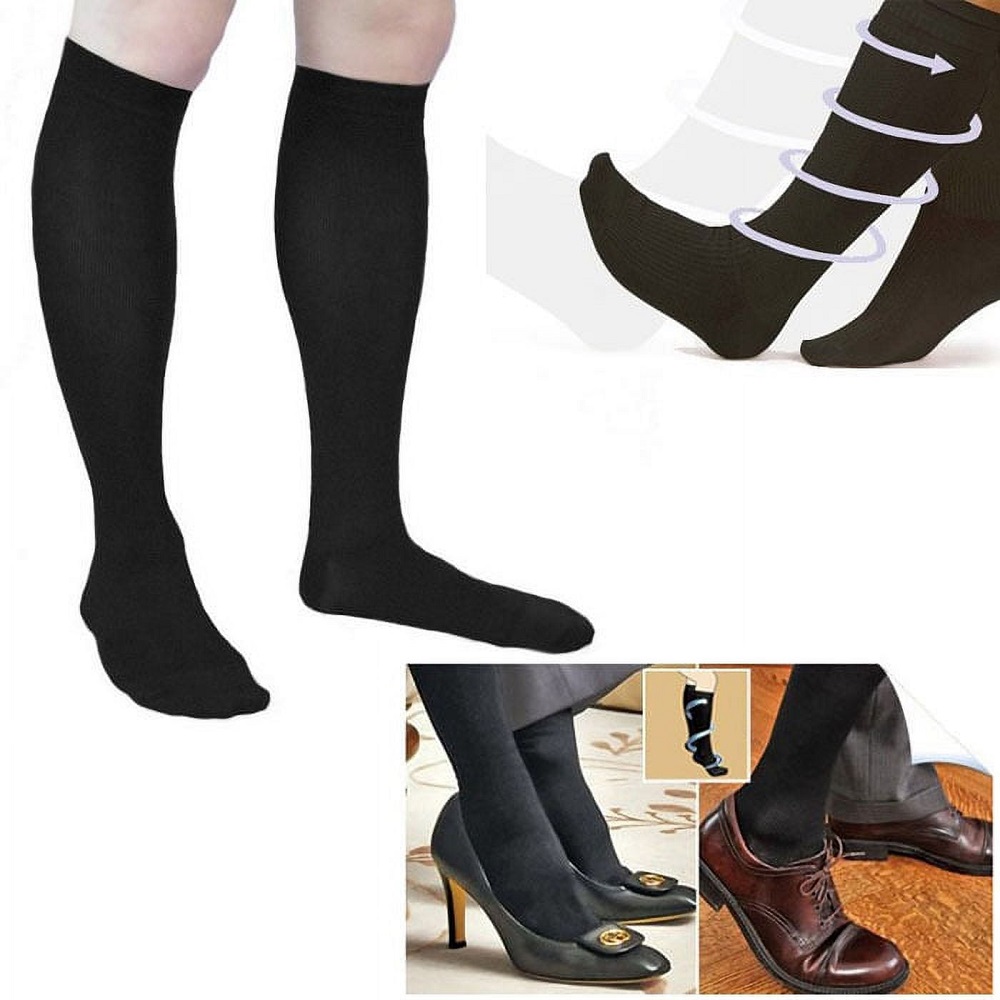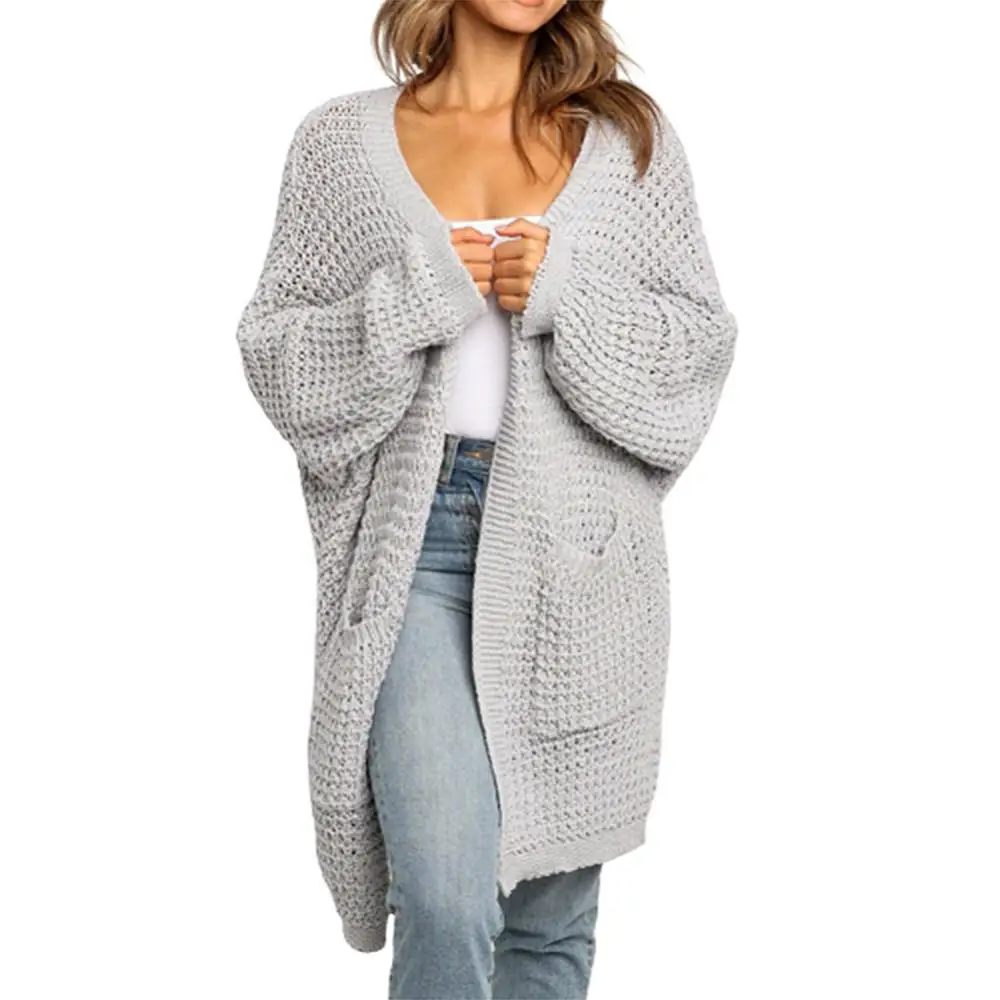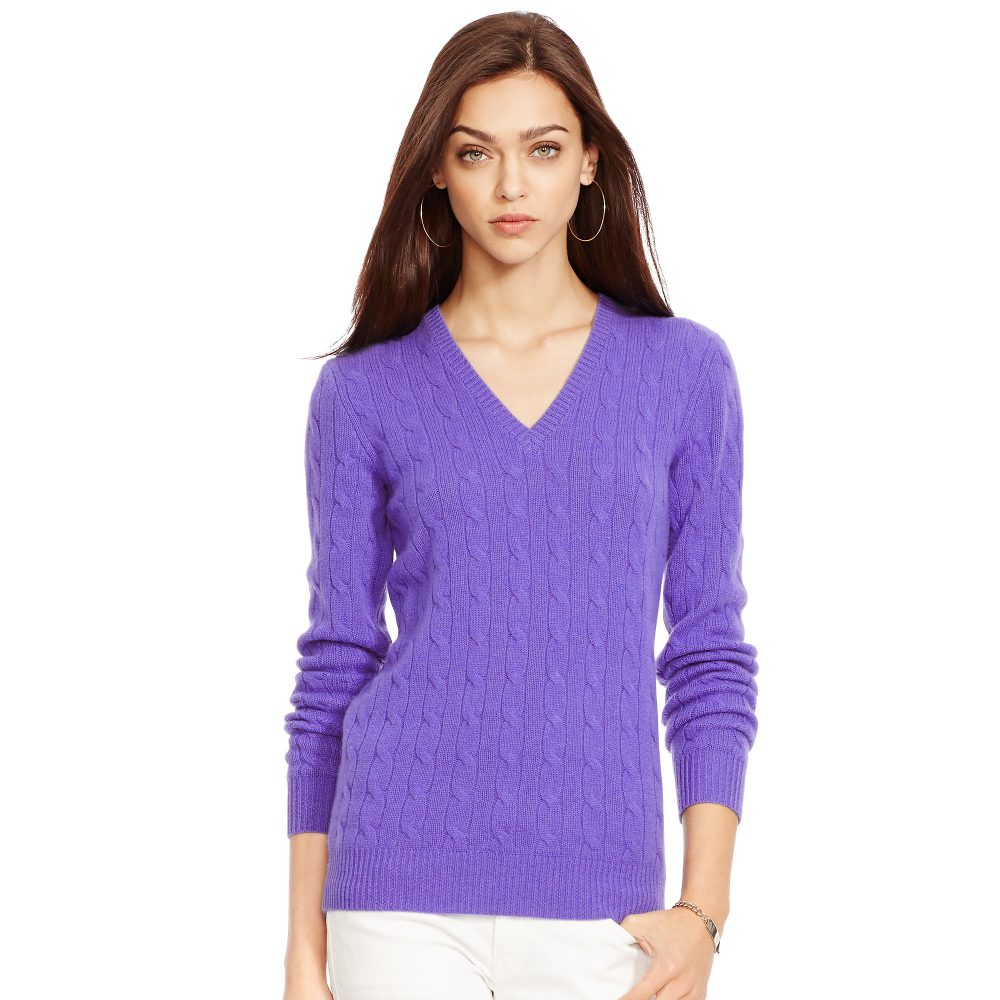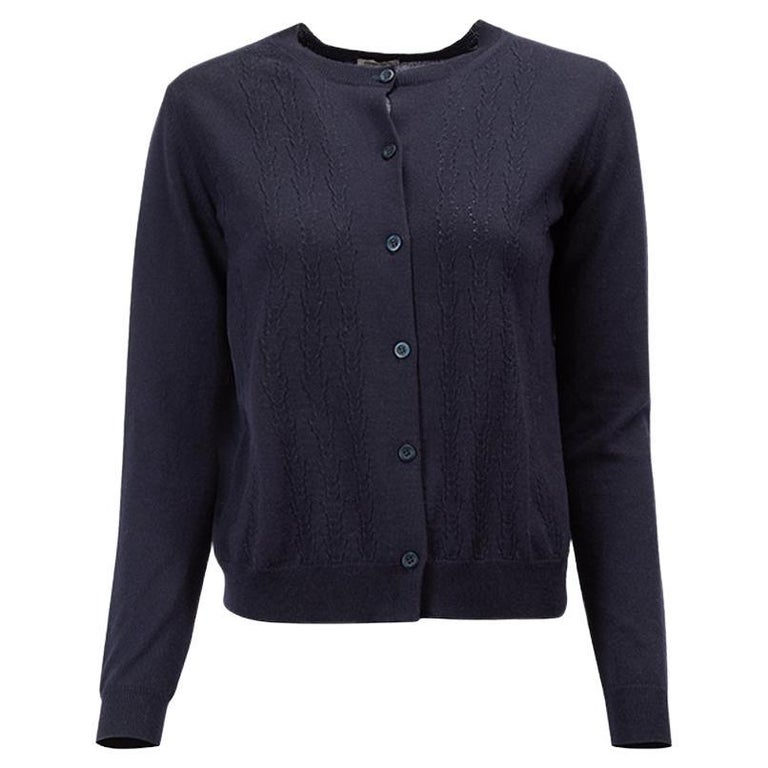Introduction to Compression Socks
Compression socks are more than just tight hosiery. They serve a specific health-related function, especially during travel. Designed to apply graduated pressure to the lower legs, their main purpose is to maintain blood flow, and they reduce discomfort and swelling.
Types of Compression Socks
There are several types of compression socks available, each suited for different needs and preferences:
- Graduated Compression Socks: These are tighter around the ankles and decrease in pressure as they go up the legs.
- Anti-Embolism Socks: Often used in medical settings, they reduce the risk of deep vein thrombosis.
- Non-Medical Support Hosiery: Providing uniform pressure, these are great for those on their feet all day.
Selecting the right type depends on your travel duration, health conditions, and personal comfort preferences.
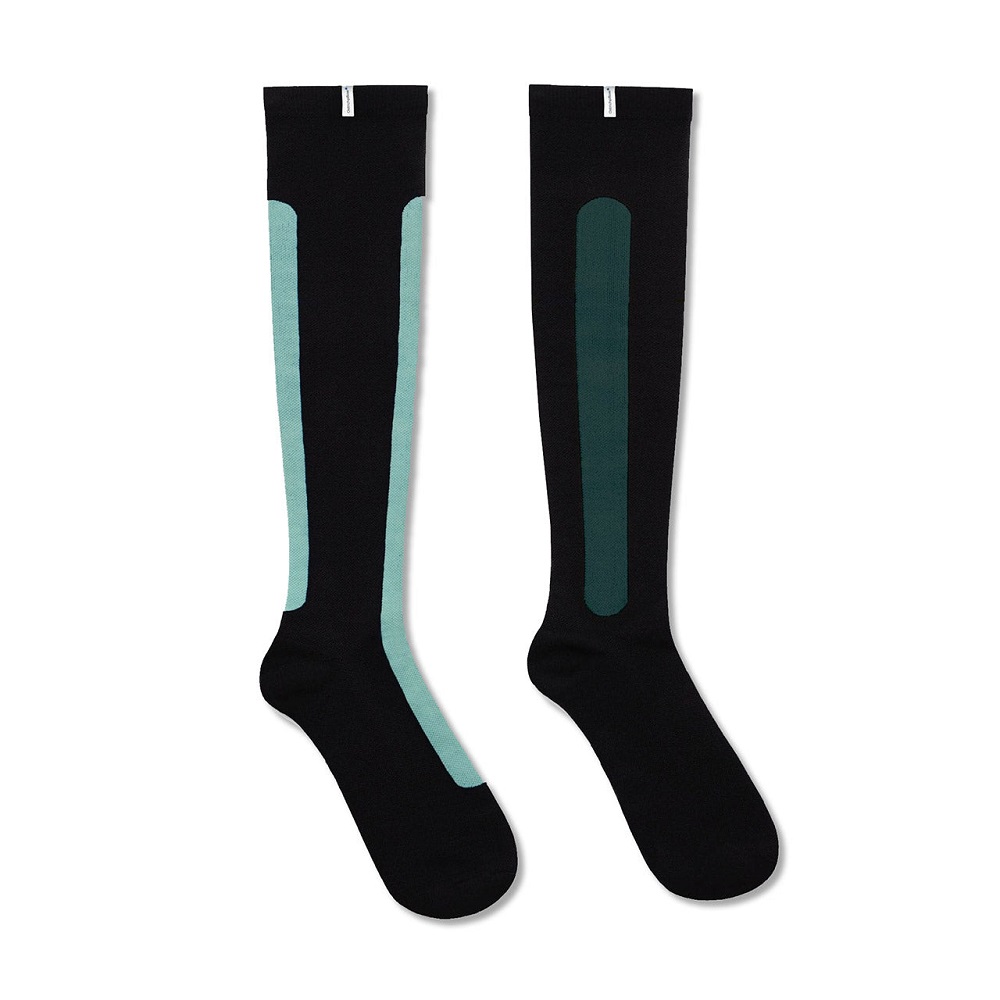
How Compression Socks Work
Compression socks work by applying pressure to your lower legs, helping maintain blood flow, and reducing swelling and fatigue. Here’s how they do the job:
- Enhance Circulation: The snug fit boosts blood circulation, reducing the risk of clots.
- Minimize Swelling: They prevent fluid from accumulating in the lower legs.
- Support Veins: Continuous pressure supports vein function, aiding blood flow back to the heart.
Ultimately, wearing these socks during long journeys can help keep your legs feeling refreshed and pain-free.
Benefits of Wearing Compression Socks During Travel
Traveling can be tough on your legs. Long periods of sitting may lead to discomfort and health issues. Compression socks are a handy travel companion, offering several benefits to mitigate these risks.
Preventing Deep Vein Thrombosis (DVT)
One of the major benefits of compression socks is DVT prevention. DVT is a serious condition where blood clots form in deep veins. This can happen after long stints of inactivity, like during flights. By wearing compression socks, you encourage blood flow in your legs. This can reduce the chance of clots forming.
Reducing Swelling and Pain
Another advantage is the reduction of swelling and pain. When you sit for hours, your feet and ankles can swell up. Compression socks apply steady pressure, preventing fluid build-up. They can make your travel experience more comfortable. No more swollen feet when you land.
Enhancing Circulation
Lastly, these socks help enhance blood circulation. Good circulation is key to avoiding leg fatigue. It can also help you feel more energetic after arriving at your destination. With better blood flow, your legs won’t feel as heavy or lethargic during and after travel.
Choosing the Right Compression Socks for Travel
Choosing the right compression socks involves understanding several factors. This guide will help ensure you make the best choice for your health and comfort during travel.
Understanding Compression Levels
Compression levels in socks are measured in mmHg (millimeters of mercury). This measurement indicates how much pressure the socks will apply to your legs. Generally, compression socks come in several levels:
- Light Compression (15-20 mmHg): Ideal for everyday wear and short flights.
- Medium Compression (20-30 mmHg): Best for longer flights, helping with recovery and varicose veins.
- High Compression (30-40 mmHg): Used for medical conditions and to prevent DVT (Deep Vein Thrombosis).
Choose a level based on your travel duration, activity level, and personal health needs.
Material Considerations for Comfort and Health
The material of compression socks affects both comfort and functionality. Here’s what to consider:
- Synthetics (Nylon, Spandex): These materials offer durability and a snug fit but may not be as breathable.
- Natural Fibers (Cotton, Merino Wool): Softer and more breathable, ideal for sensitive skin but less durable.
- Blends: Combining synthetic and natural fibers can offer a good balance of comfort, breathability, and durability.
Choose a material that suits your skin type, comfort preferences, and the climate of your destination.
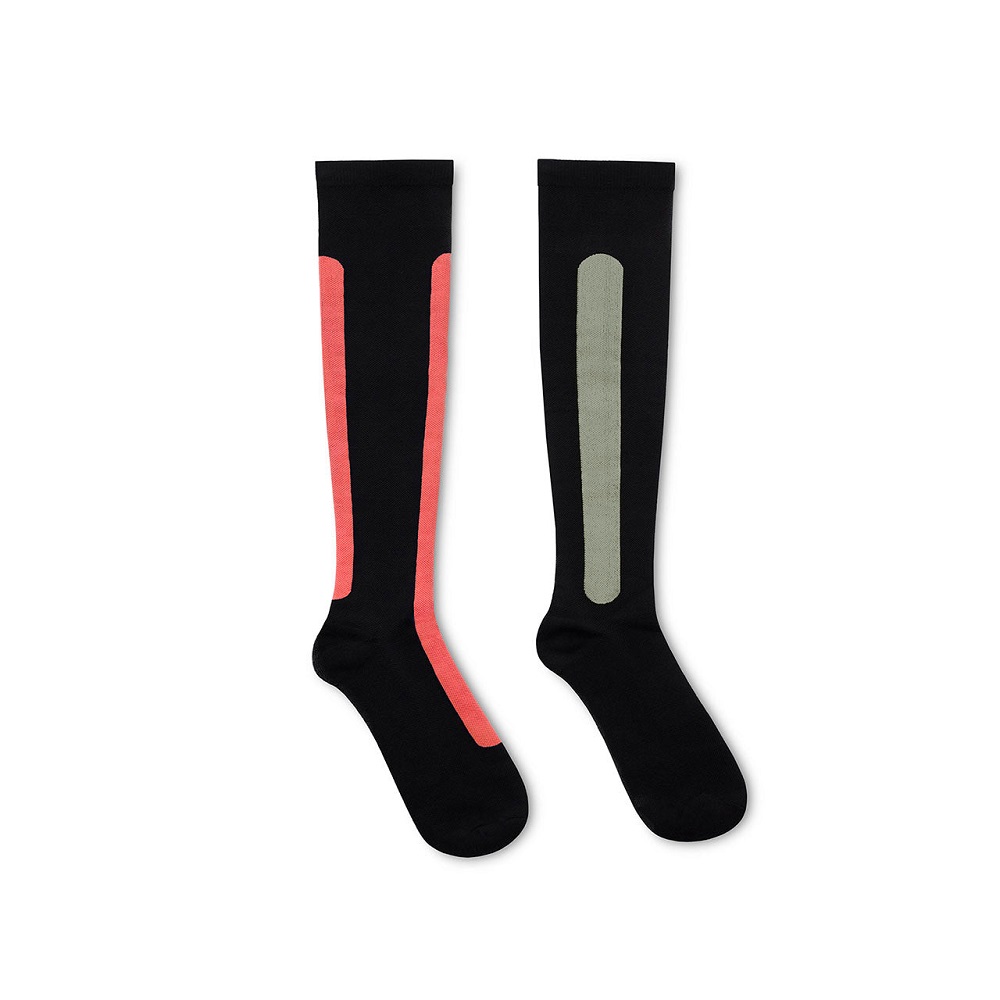
Fit and Sizing Guidance
Proper fit is crucial for compression socks to be effective. Here’s how to ensure a good fit:
- Measure Your Legs: Particularly your calf circumference and leg length. This ensures you get socks that compress adequately without being too tight.
- Consult Size Charts: Always check the brand’s sizing chart as sizes can vary between brands.
- Consider Adjustments: If you have swelling in the legs or varicose veins, consider adjustable compression socks for a better fit throughout your journey.
Getting the right fit can enhance comfort and the health benefits of wearing compression socks during travel.
Top-Rated Compression Socks for Travel
When selecting the best compression socks for travel, it’s crucial to focus on comfort, effectiveness, and user reviews. Several top-rated options have emerged as favorites among frequent travelers. These recommendations take into account the previous discussions on compression levels, materials, and fit;
Graduated Compression Socks
Graduated compression socks are the preferred choice for many due to their targeted pressure distribution. Starting with firm compression at the ankles, the pressure decreases up the leg. This design assists in promoting upward blood flow, reducing the risk of swelling and discomfort during long periods of sitting, such as on flights.
Cotton Versus Synthetic Materials
The debate between cotton and synthetic materials hinges on personal preference and travel conditions. Cotton socks offer breathability and comfort, ideal for sensitive skin or warmer climates. However, synthetic blends, like nylon and spandex, provide superior durability and a consistent snug fit, making them a solid choice for longer trips.
Best Picks for Long-Haul Flights
For those embarking on long-haul flights, socks with medium to high compression levels (20-30 mmHg) are often recommended. Brands like Bombas and Comrad are noted for their sock quality, offering moisture-wicking and odor-fighting properties. Additionally, consider aesthetically pleasing selections from companies like VIM & VIGR, which combine fashion with functionality. Choosing a pair that feels supportive without being excessively tight is key to a comfortable journey.
Care and Maintenance of Compression Socks
Proper care ensures your compression socks retain their elasticity and effectiveness. Here’s how to keep them in top shape.
Washing and Drying Tips
- Wash Gently: Hand wash or use a gentle cycle with cold water to protect the fibers.
- Avoid Harsh Chemicals: Skip bleach and fabric softeners that can degrade the material.
- Dry Naturally: Lay your socks flat or hang them to air dry. Avoid heat from dryers.
- Rinse Well: Ensure no soap remains, as residue may irritate the skin.
- Use a Laundry Bag: If machine washing, a laundry bag can prevent stretching.
By following these steps, you can maintain the compression level needed for healthy circulation during your travels.
Tips for Extending Socks’ Lifespan
- Rotate Pairs: Alternate wearing different pairs to avoid over-stretching a single pair.
- Trim Nails: Keep your toenails trimmed to avoid damaging the fabric.
- Put On Carefully: Avoid pulling at the top band; roll the socks onto your legs instead.
- Store Properly: Keep them flat or rolled in a drawer, not bunched up.
- Check for Damage: Regularly inspect for holes or worn areas; replace if needed.
These habits can significantly extend the life of your compression socks, ensuring they remain a reliable travel accessory for longer periods.
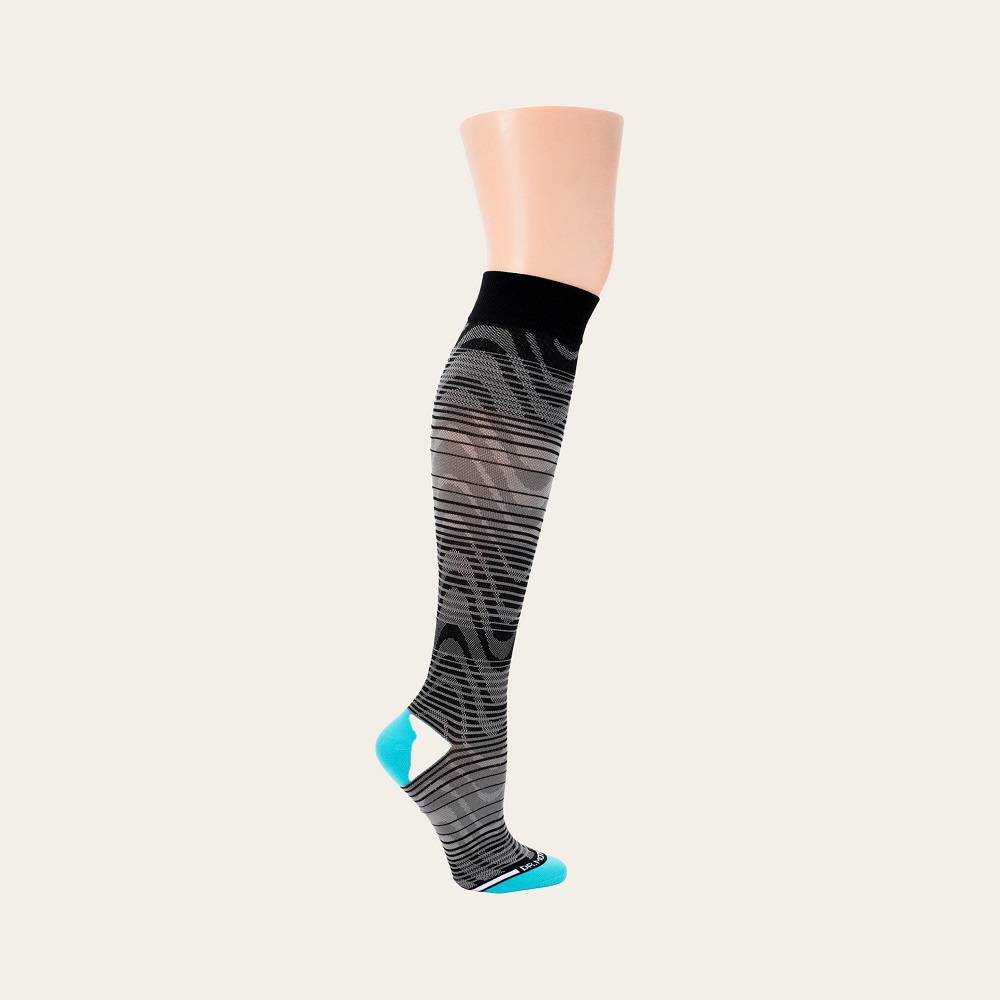
Alternatives and Additional Options
While the primary focus has been on individual pairs suitable for travel, alternative purchasing options and specialized socks cater to specific groups and needs.
Multipack Offers for Frequent Travelers
For those who travel often, investing in multipack offers is a cost-effective choice. This option allows travelers to have multiple pairs on hand, ensuring a fresh set for each trip. Multipacks also offer the convenience of having different compression levels or materials to suit varying travel durations and activities.
- Cost-Effective: Buying in bulk generally reduces the cost per pair.
- Variety: Multipacks may come with different styles and levels of compression.
- Convenience: Frequent travelers can pack several pairs without worrying about laundry.
Before purchasing, it’s essential to ensure each pair meets your specific compression needs and fits well.
Specialty Socks for Specific Needs (Athletes, Pregnant Travelers)
Not all compression socks are created equal, and certain groups may require specialized options:
- Athletes: Look for socks with targeted compression zones to support muscles and enhance performance and recovery.
- Pregnant Travelers: Seek socks that accommodate changing calf sizes and provide adequate support without constriction.
These socks are designed with the unique anatomy and requirements of their wearers in mind:
- Material Adaptability: Fabrics that can stretch and adjust to changing body shapes.
- Functional Design: Features that prioritize both efficacy and comfort.
Ultimately, the choice of sock comes down to matching your specific situation, whether you are looking for the practicality of multipacks or the tailored benefits of specialty socks.

